I want to make my own load cell; how specific do the materials need to be?
How closely and reliably do you want your results to match the prototype, or from one instance to the next?
For example, is it necessary to buy all the cleaning and gluing equipment shown in strain gauge installation videos? Or can I just scrub the surface, rinse & dry it clean, and superglue it on?
See above. If you just want quick results, and you don't mind if your gizmo doesn't work for long or will be exactly the same next time -- go for it.
I would try to use the same type of glue that is shown (or is recommended by the strain gauge manufacturer). I.e., epoxy if they use epoxy, superglue if they use superglue, etc.. I would also bear in mind that consumer- or hobby-grade glues are usually designed to be inexpensive, to last a long time in poor storage conditions, and to stand up well to poor handling. Strength is compromised as a result.
If you want a commercial-grade load cell, you probably want to go through all the folderol. Personally, if I just wanted to try something, I'd do what you're doing -- but if I wanted it to last, then once I knew it worked I'd make another one "for real".
Additionally, instead of a solid metal bar, do strain gauges also work with 3D printed objects or a pipe?
Yes and no.
The "strain" that strain gauges measure is as defined in mechanical engineering texts -- it's the amount of distortion that the underlying bar, pipe, 3D printed thing or whatever undergoes in response to the stress put on it.
If you put a strain gauge onto a metal pipe it'll measure the strain on that metal pipe -- you'll need to translate that into whatever you're trying to actually measure.
(I'm assuming here you mean 3D printed plastic, not fancy pro 3D printed metal -- although, some of the things I mention may still apply to sintered metal vs. machined alloy).
If you put a strain gauge onto something made out of plastic, then you run into a bunch of potential problems. I don't know what all of them are, but I can think of three things right off the top:
- Plastic has a lot more hysteresis in its strain response than metal. Meaning, if you pull on it and let go, it'll be a lot less likely to spring back to where it was. This will cause you no end of grief if you need a reliable "return to zero" function
- Plastic has a much higher coefficient of thermal expansion, so you'll see more drift with temperature. Closely related to this, if the strain gauge is compensated for the coefficient of thermal expansion of a particular alloy, then you'll lose that compensation entirely by going to something as wildly dissimilar as plastic.
- Plastic -- at least the stuff one normally 3D prints with -- is a lot more elastic. If it's more elastic than the gauge itself, then instead of you pulling on the carrier and the gauge going along for the ride (and reporting on it), the gauge will be a structural member. This will both mess up your calculations and it may vastly increase the chances of your glue joint, or some glue joint on the gauge, breaking.
And why do some of the commercial small straight bar strain gauges have weird holes in them? For example,
Because the gauge measures strain. By making the members under the gauge thinner (because of the holes) the amount of stress per unit force is increased; this means that the strain per unit force in increased, and, hence, the whole gauge is more sensitive, without needing to go to an insanely small strain element.
 has that hole in the middle.
has that hole in the middle.